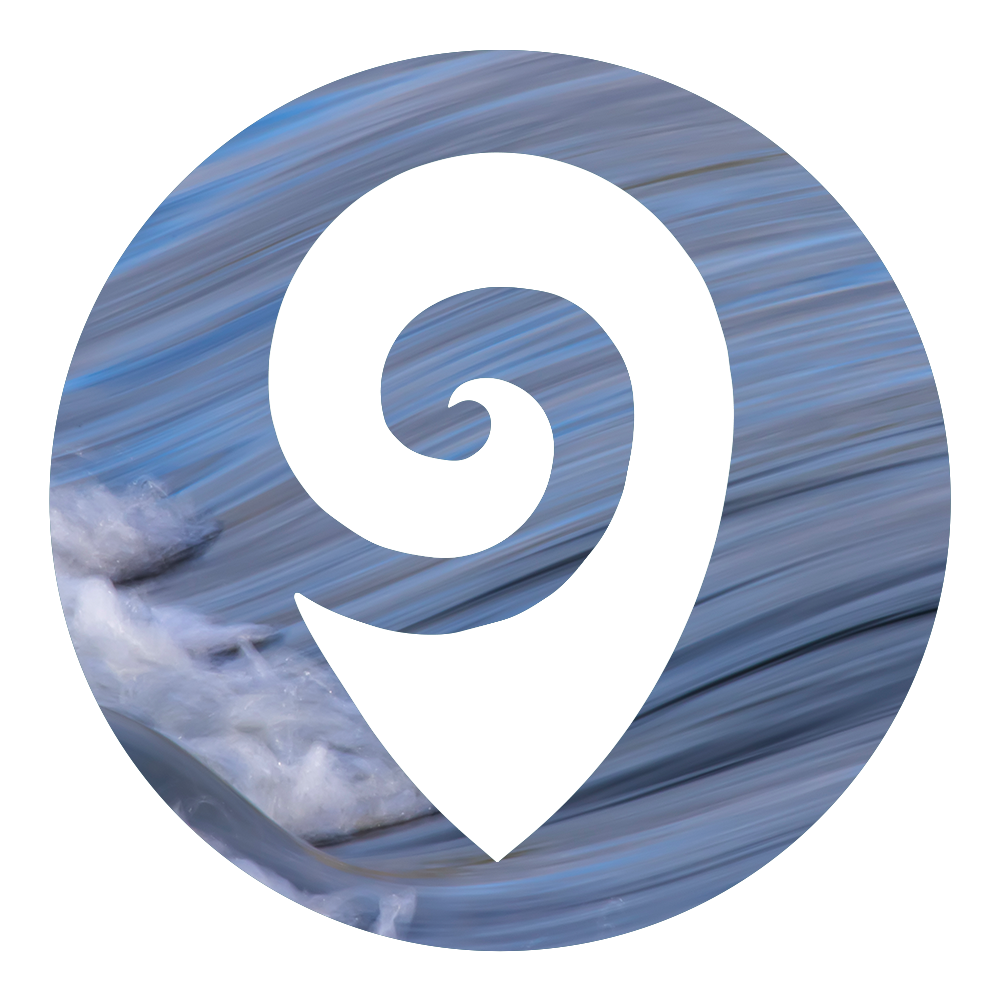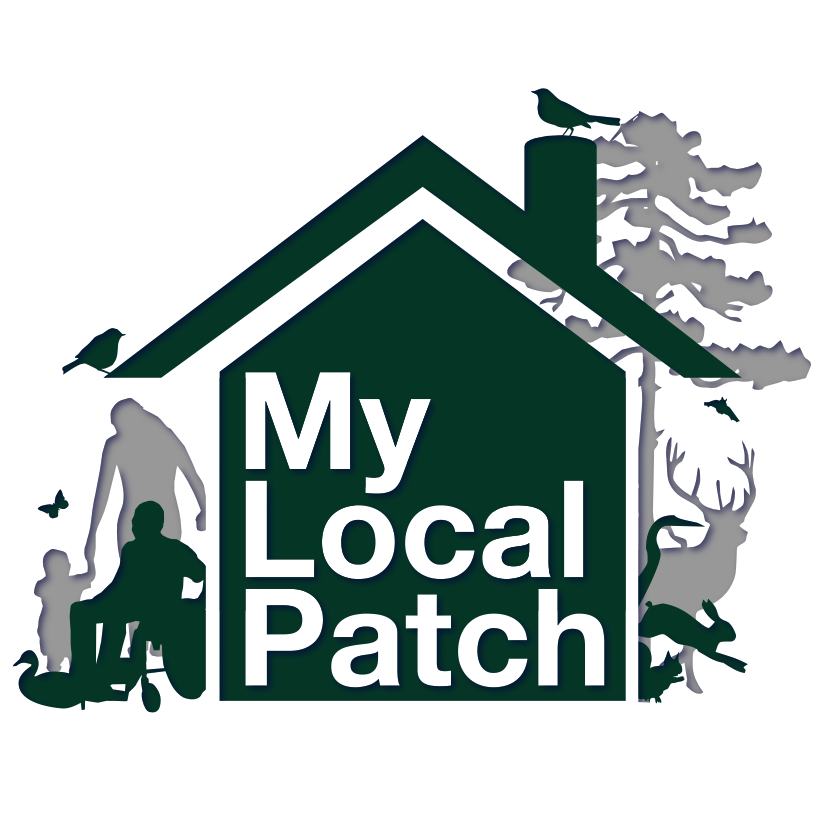Firstly a big thank you to the HLF Heritage Lottery Fund for backing our ‘My Local Patch’ Project. We felt it was vitally important to offer as much support to our communities as possible thru these challenging times.
Sound Walk
Intro:
Hi everyone!
Thank you for joining us on our digital Sound Walk. Below you will find everything you need to do your own Sound Walk, whether it’s on your own or as an activity with the kids. If you do participate, feel free to send us any photographs or sound recordings you may have taken along the way.
There are many aspects of nature that enrich all of our senses, whether it’s touch, taste, sound or smell, but today I want us to totally focus on our ears. Of course, we all hear very differently, so this journey will be your own, personal experience.
You can share this activity with your family, bring the kids along, but this walk is for You. It’s been a tough year with lockdowns and stress, so take this opportunity to put those worries aside for a moment and give your body something back for a change.
Before we start, please take a minute to fill in this short survey.
You’ll be asked to fill in the same survey at the end of the walk. This data is not shared with any third party. It helps us improve future workshops and events.
What do you need?
Map or Drawing of local patch (feel free to get creative).
Provided Zone Cards Or you can also create some yourself if you don’t have a printer.
Some form of note taking is always handy, especially if you need more room than what’s provided on the sheets.
Optional**
Some form of speaker or headphones to listen back to the recordings below. Headphones are more immersive as the stereo recording gives you more sense of direction and mimics a more natural interpretation of sound.
Some form of Sound Recorder, whether it’s your phone, tablet, or a hand-held recorder.
Start
On your Map, I would like to you pick 3 (Or More) Zones. These can be random, but feel free to target areas you think might bring you closer to nature. These areas must be safe to stop at for a few minutes.
Audio Clip
Once you’re at your first zone, take your time to settle in. You can sit, stand or lie down but please be safe about it, especially if you’re on your own.
Make a list of everything that you hear, individually. If it’s a sound or animal you aren’t sure of, just guess roughly what you think that sound is. Is it quite enough to hear your own breathing? If so, list this also.
Using your first zone card and your map as a reference for direction, start to piece together where these sounds are coming from. Mark how distant each sound is from you, the centre of the zone. Once you’ve done that, rate how loud each of those sounds are / were for you. Example to the right >
Describe the sounds, are they textured, soft, harsh, high-pitched, low-pitched, distracting, calming, rhythmic ect.
How do they make you feel? Feel free to write this down also in the notes section to the right.
*Optional - If you have a Sound Recorder, record 2 minutes at each Zone.
Please refer to the audio clip for further instructions. Time for the headphones if you have a pair.
Audio Clip
Take a moment and think about how each of these sounds makes you feel. If it’s the sound of traffic, a bird, a stream or the sound of people, how do they make you feel? If anything makes you feel uncomfortable, feel free to move on to your next zone or find an area within your zone where that sound isn’t as loud. You can do this by getting closer to other sound sources, such as streams, rivers, or if it’s windy, aim for the tree’s. Due to the shape and size of tree’s, they are great at reducing noise pollution, as the leaves, branches and round surfaces, help to break down incoming sound-waves, instead of reflecting them back at you.
Out of the sounds on your list, identify which sounds are;
Geophony -Sounds of natural earth sounds, sounds as Water, Rain, Wind or even the Ground.
Anthropophony - Human made sounds, Cars, Planes, Speech, Footsteps, Boats ect
Biophony - Sounds of Wildlife; Birds, Bees, Mammals, Amphibians, Grasshoppers, Crickets or Beetles ectBefore you leave to go to your next zone, have a walk around that area, note how those sounds change depending on where you are. You might find, just by moving a few feet, you can hear more of the things you want to listen to.
You should have an idea of how your map will take shape. Allow plenty of room at each zone, as you never know how many things you might hear at each location.
Please refer to next audio clip for a full walk and talk around my local patch zones.
Audio Clip
Finally
Once you’ve reach all of your zones, your sound map of the area should take it’s shape. Does it look like you expected it to? You might have a good idea of what is where on your patch, but who knows, you may have heard some surprising things along the way?
Out of the three types of sound, Geophony, Anthropophony and Biophony, what did you hear the most?
If you managed to record 2 minutes at each Zone, take a listen back to your recordings and listen back to see if you hear more than what you wrote on your map. You’ll often find that when we are stressed, or anxious, a lot of information gets lost. This is why recording sound can be a good way of identifying how present we truly were in that moment, as anything we missed when we were analysing our environment, will be revealed in the recording. This gives us something to aim for in the future when we return to these zones, who knows, next time you might hear even more?
Sound Pollution
We’re subjected to so much sound pollution on a daily basis, whether it’s part of our Job, or the journey too and from work, it can be a noisy experience. Even at home, the sound of the bridge, or droning sounds outside traffic, can impact us and force us to close off our senses. Whilst it’s amazing that our brains can do this, it still takes processing power todo so and this can build up anxiety, increase stress levels and reduce overall wellbeing. It’s important we find a balance, and there’s a number of ways we can balance out our exposure to certain sound elements.
Remember the three sound elements, rate their loudness and search for areas to balance out your exposure. If you’re stuck indoors, listening to sound recordings of the outdoors can be a great way of balancing your exposure. There’s a reason why listening to the sound of running water, rain or birdsong helps people sleep. So here’s a few recordings you can listen to at home, but also a few links to other peoples sound recordings from around the world. This planet is full of amazing natural sounds spectacles, some of which you may even find a little overwhelming at first but if they work for you, they could become addictive! Thankfully, we can never get too much of nature. The more, the better.





